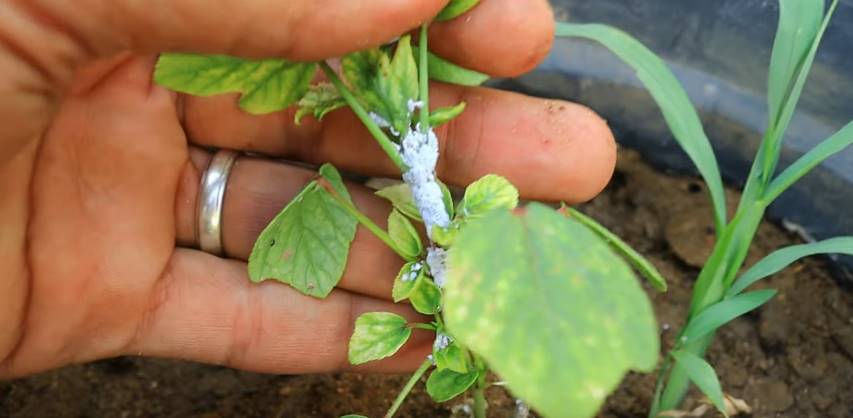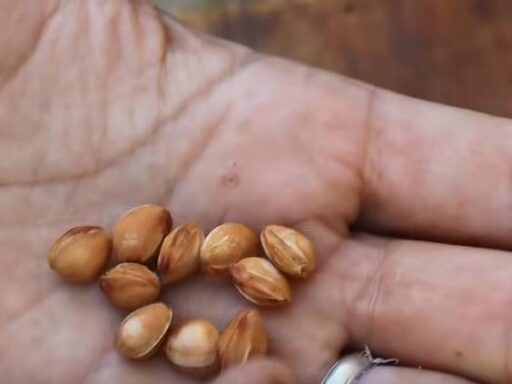Plants are delicate organisms, and their health can be affected by various factors, including climate, soil, and nutrition. One common issue faced by gardeners is the yellowing or burning of leaves. This problem can have multiple causes, so it’s important to diagnose the situation accurately before implementing a solution. Rushing to use fertilizers, pesticides, or changing the soil might not always be the right approach. Let’s explore the causes of leaf burn and yellowing, along with some practical solutions.
Why Leaves Burn or Turn Yellow
The yellowing or burning of leaves is often a sign that something is wrong with your plant. This can happen due to several reasons, such as:
- High Temperatures: One of the most common causes, especially during hot summer months. When temperatures rise above 40°C and reach up to 50°C, the leaves of many plants, particularly those exposed to direct sunlight, begin to suffer. This not only affects the leaves but also the fruit.
- Lack of Proper Fertilization: If the plant hasn’t received adequate fertilization, especially in the early stages of growth, it becomes more vulnerable to heat stress. Fertilization at the right time is essential to ensure plants are strong enough to withstand temperature fluctuations.
- Improper Watering: Overwatering or poor drainage can lead to yellowing leaves. It’s crucial to ensure the plant is receiving just the right amount of water and that the soil is draining properly.
Understanding the Effects of Heat
Heat affects plants in various ways. A plant exposed to intense sunlight often has leaves that turn yellow or brown, particularly the parts that face the sun. Meanwhile, the parts of the plant shielded from the sun may remain green and healthy. The effect of heat is not limited to the leaves; fruits can also suffer.
For instance, a lemon tree might show significant differences in the health of its fruits depending on their exposure to sunlight. Fruits that are exposed directly to the sun may develop sunburn and discoloration, while fruits hidden in the shade remain unaffected. It’s essential to recognize that different plants respond differently to heat. Some are more tolerant, while others, like squash or peppers, may experience flower drop due to excessive heat.

Solutions to Combat Leaf Burn
To address leaf burn, it’s important to follow a systematic approach rather than haphazardly applying treatments. Here are some practical, low-cost solutions:
- Provide Shade: One of the easiest ways to protect plants from extreme heat is to provide them with shade. You can move potted plants to shaded areas or install a shade cloth for plants growing directly in the ground.
- Watering Practices: Water your plants in the early morning or late evening to avoid water evaporation during the hottest parts of the day. Ensure the plants are well-watered but avoid overwatering, especially for plants in pots. Good drainage is crucial.
- Fertilization: Apply light fertilization during hot periods, but don’t overdo it. Over-fertilizing can stress the plant further. For potted plants, move them out of direct sunlight and limit sun exposure to just an hour or two in the morning.
Dealing with Yellow Leaves
Yellowing leaves are often beyond saving. Once the leaves have turned yellow, they won’t revert to their original green color. Instead, focus on monitoring new growth to ensure it remains healthy. Patience is key. After applying treatment, you should wait for at least a week to 10 days to see results. If you don’t notice any improvement, consider adjusting your approach.
Boosting Plant Immunity with Aspirin
One lesser-known method to strengthen plants and help them withstand environmental stress is the use of aspirin. Aspirin can boost a plant’s immunity, helping it tolerate high temperatures and harsh weather conditions. Dissolve three to four aspirin tablets in a liter of water, mix thoroughly, and apply to the plant. This method won’t cure yellowing leaves but will help prevent further damage.
The Role of Pests and Diseases
Sometimes, yellowing is caused by pests or diseases rather than environmental factors. Fungal infections or insect infestations can drain the plant’s nutrients, leading to stunted growth and yellow leaves. Regularly inspect your plants for any signs of pest infestation, such as wilting or damaged leaves. If you suspect a pest problem, use appropriate treatments like insecticides or fungicides.
Conclusion
In conclusion, addressing the issue of leaf burn and yellowing requires careful observation and a methodical approach. Rather than rushing to use fertilizers or other treatments, take the time to diagnose the problem accurately. Whether it’s due to high temperatures, improper fertilization, or pests, each issue has a specific solution. By following these guidelines, you can restore your plant’s health and prevent future issues.






